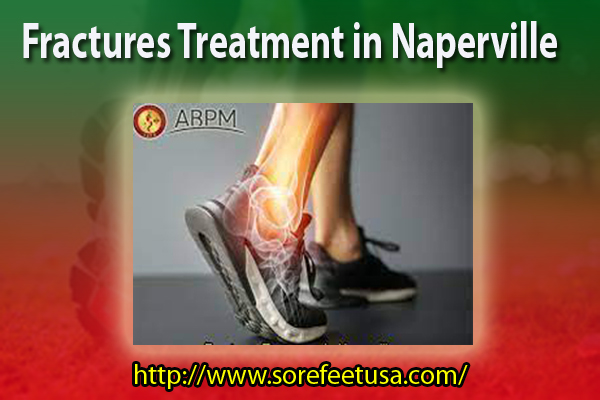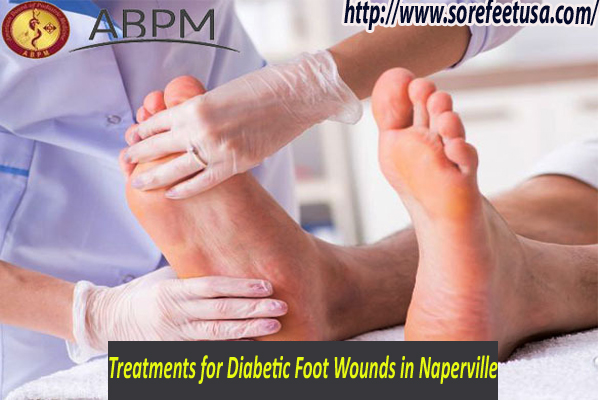Stress fractures are small cracks in the bones that occur when the surrounding muscles fatigue. The muscles become excessively tired and cannot absorb the effects of continuous shock, causing the muscles to transfer all the stress from the impact to the bones. This transfer process results in a small crack or break that develops in the bone. Stress fractures most commonly occur along the large bones affected by walking, usually the feet, ankles, or lower extremities.
Common Causes of Stress Breaks in the Foot or Ankle
Too much pressure over a compressed period can cause stress fractures in the foot and ankle, which means doing too much too soon, can cause these problems. Those who have hibernated often return to where they left off in the spring, only to find a broken foot or ankle.
Unsuitable running shoes can also lead to problems if they don’t fit properly. Shoes that are too worn or too stiff can lead to stress fracture-related problems.
Various symptoms of a Stress Fracture in the ankle and foot
The most common sign of a fracture involving the foot or ankle is pain. It is a pain that gradually develops over time and increases significantly with weight-bearing activities. Bruising may also occur at the fracture site, along with swelling on the top of the foot or the outside of the ankle. Another common symptom of a stress rupture is tenderness in the affected area. The ankle can hurt when touched or rubbed. Ankle injuries/pain in Oswego gives the best and affordable treatment from the best therapists.
Stress Fracture Treatment
The treatment plan for a fatigue fracture is based on the location of the injury. Smaller fatigue fractures heal over time if the levels of activity decreases and protective shoes or ankles are worn for several weeks. Your specialist may recommend cushioned shoes or other devices that support and stabilize the affected area. Fractures Treatments in Oswego provide the best treatment solutions for treatment for fractures, foot, and ankle injuries.


















